Norm Knows
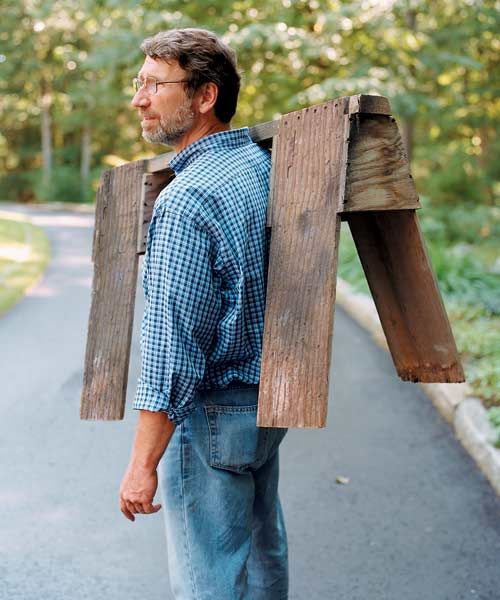
Flip to the back of This Old House magazine each month and you’ll find TOH master carpenter Norm Abram’s dispensing his best tool and repair advice. Here, we’ve compiled his top tips on how to conquer tedious home improvement projects—with zero stress.
Cutting Molding on a Miter Saw
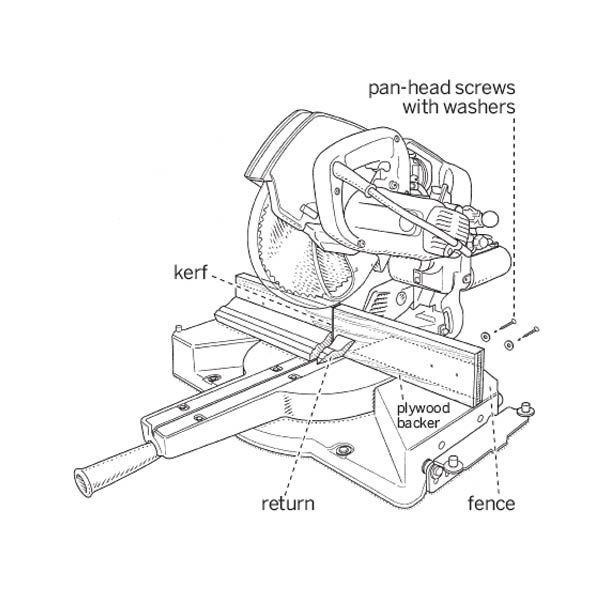
Q: When I cut molding returns on my miter saw, the blade usually sends the return piece flying and ruins it. Is there a way to avoid this without losing my fingers?
—Scott P. Milsom, Rumson, N.J.
A: The safest way to keep those little rascals under control is with a plywood backer that closes up the gap in the fence.
Start with a strip of ¾-inch plywood long enough to cover the entire fence. Secure it with washers and pan-head screws at both ends of the fence. Then set the blade at 0 degrees and cut completely through the backer. This creates a kerf, a small gap the same thickness as the blade, which indicates exactly where to place the molding before you make your cut.
Then when you do, the backer prevents the return from flying through the gap. Just remember to remove both backer pieces before making angled cuts.
Removing Tricky Hinge Screws
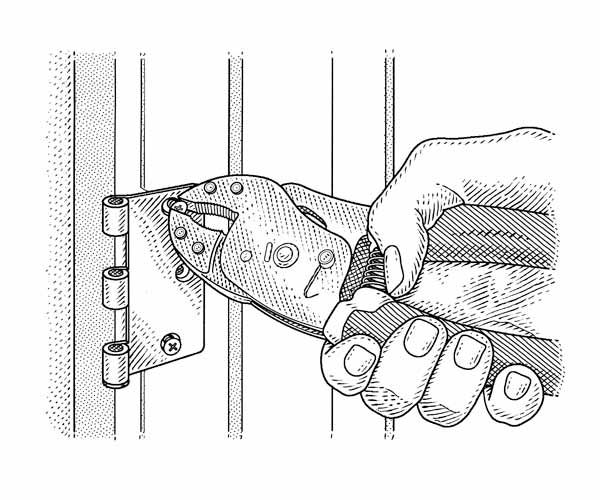
Q: I’d like to remove a door, but three of the hinge screws simply spin in place when I try to unscrew them. Is there a trick to getting them out?
—Don Morse, Cranston, R.I.
A: First, remove any screw that will come out the usual way. Then gently pry or pull on the hinge leaf to pull out the stripped screws a bit. Now when you push the hinge back into place, the heads of those stripped screws will stand out just enough for you to grab them with a pair of pliers, as shown. Pull each one out with a firm tug.
If the screws are still in good condition, with intact threads, remove any debris with a wire brush and reuse them.
If you plan to remount the door, you’ll need to fill the stripped screw holes first. Whittle some small pieces of wood, put a dab of yellow carpenter’s glue in the hole, and pack it full with the wood pieces. After the glue dries, trim off the excess bits of wood and you’ll have solid material for the screw threads to bite into.
Making Room for Outlets in Drywall
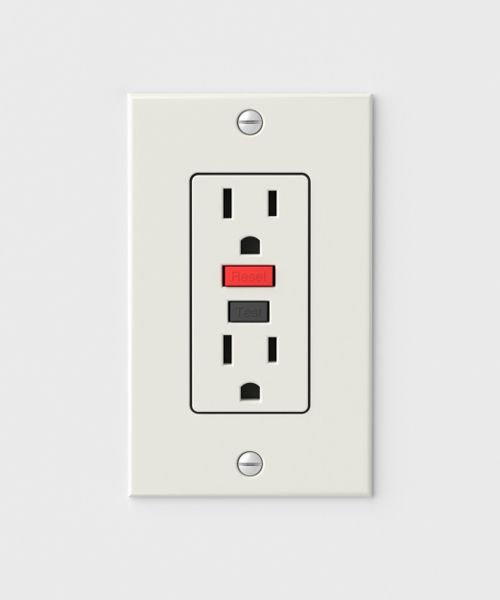
Q: How do I cut the holes in drywall to fit around outlet boxes when the receptacles are already in?
—Waketta Speh, North Stonington, Conn.
A: Typically, drywall goes up after the boxes go in but before switches and receptacles get installed. But because your receptacles are already in place, the tricks I’d normally suggest for locating drywall cuts—like using lipstick to outline the box—won’t work. You shouldn’t have to remove them, though, if you follow these steps. Just be sure to cut the power before you start working.
Making Room for Outlets in Drywall: Step 1
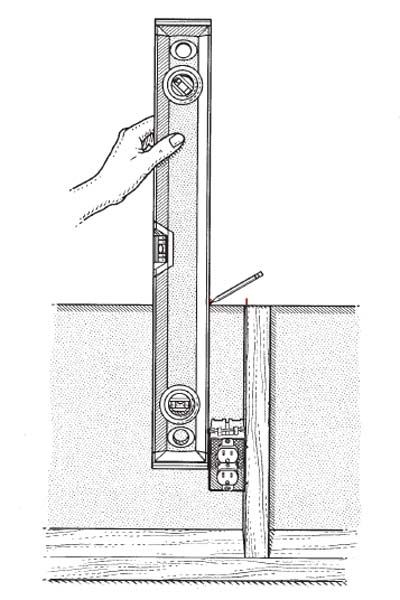
Start by hanging the first sheets at the top of the wall. Place a level against one side of the box, overlapping the bottom edge of the drywall. Plumb the level and mark the drywall on the side that’s against the box, as shown. Do the same for the opposite side of the box.
Making Room for Outlets in Drywall: Step 2
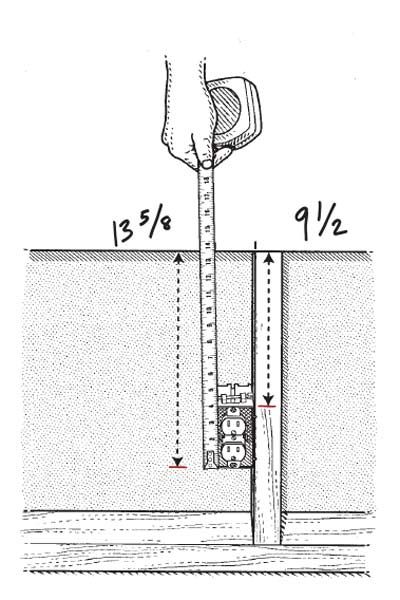
Measure from the top and bottom of the receptacle to the bottom edge of the drywall. Pencil those dimensions on the upper sheet for the next step. Now prop the bottom sheet of drywall in position against the studs and under the bottom edge of the first sheet.
Making Room for Outlets in Drywall: Step 3
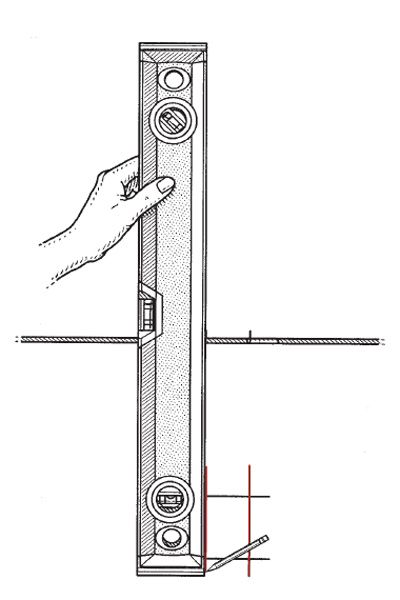
Measure down from the joint and mark the location of both horizontal cuts. Then use your level as shown to mark the side cuts. Pull the drywall away so that you can safely cut out the hole with a keyhole saw. When you put the sheet back against the studs, the outlet box should slip neatly through the hole.
Removing a Section of Baseboard
Q: I need to remove a section of baseboard to install a cabinet in my kitchen. Can I do that without prying off the entire board?
—Ted Barham, Norfolk, VA.
A: Sure, that’s very doable. The key is to make a perfectly plumb cut so that the cabinet’s side will butt tightly against the baseboard. All you need is a level, a handsaw, a sharp chisel or a utility knife, a nailset, and a hammer or a screwdriver.
Removing a Section of Baseboard: Step 1
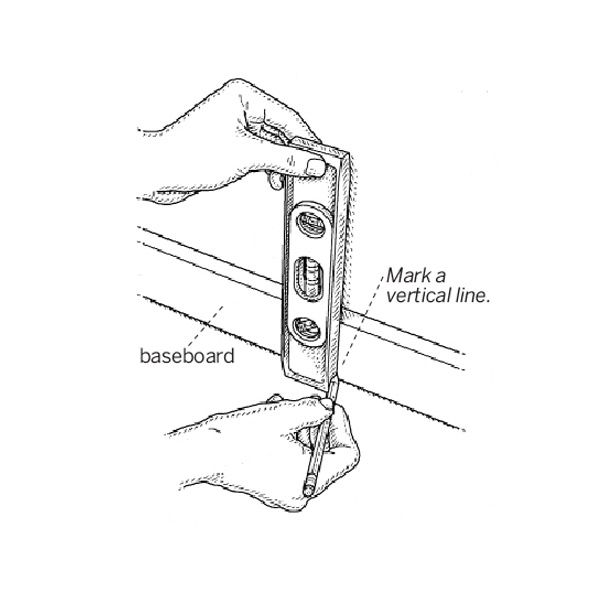
Use the level to mark a plumb line on the baseboard (a square is unreliable because you can never assume the floor is level). If there are any nails in the baseboard where the cut will be made, drive them all the way through with a nailset.
Nail or screw a 14 scrap block along the line on the side of the baseboard that will remain. This block serves as a guide to prevent the saw blade from wandering and to help you achieve a clean, straight cut. Tape a thin piece of cardboard to the floor to protect it from being hit by the saw.
Removing a Section of Baseboard: Step 2
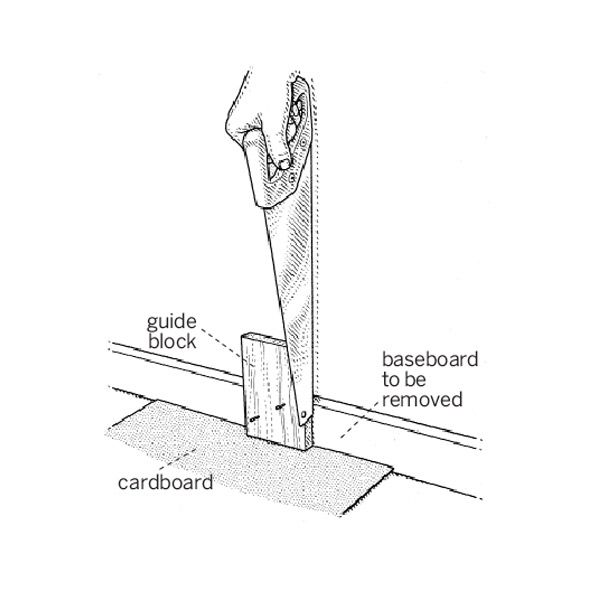
Place the blade of a fine-tooth handsaw against the scrap and start the cut, going straight up and down. Once you get a kerf started, turn the blade very slightly so that the cut angles behind the block. This “back cut” helps you get a tight fit with the cabinet. As the saw sinks into the wood, tip it forward so that you don’t gouge the wall. The kerf won’t go all the way to the floor, so finish the cut with a chisel or a utility knife. Pry off the baseboard on the waste side of the cut, then remove the guide block and fill the holes left by the fasteners. Now the fun begins: installing your cabinet.
Removing Paint-Covered Hinges
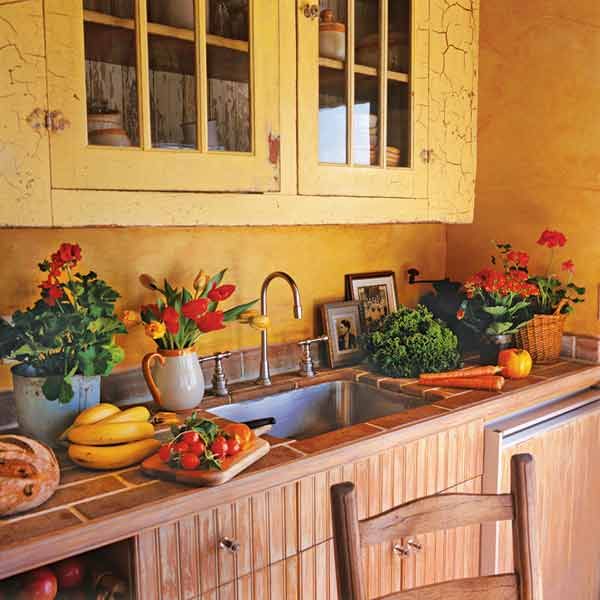
Q: We’re planning to refinish the original cabinets in our 1930s kitchen, but the hinges are buried under layers and layers of paint. How do we remove the hinges without damaging them or the surrounding wood?
—Barbara Barnes, La Mesa, Calif.
A: In order to take off the hinges, you’ll have to back out the old straight-slot screws that hold them in place. That requires clearing the screws’ paint-clogged slots. Given the age of your house, there are probably layers of lead paint on the hinges, so before you start, put on a respirator and lay down a wide piece of plastic sheeting under the work area to catch any paint chips.
See the full step-by-step
Hiding Screwheads on Oak Treads

Q: I’d like to screw down the oak treads on a staircase I’m building, but I don’t want to see the screwheads. What’s the best way to hide them?
—William Mazzara, Milford, Mich.
A: I’d cover each one with a wood plug. You want plugs made of oak, to match the tread, with tapered sides and the grain running across the face. Each plug fits in a recess, known as a counterbore, drilled with a brad-point bit slightly larger than the diameter of the screwhead and slightly smaller than the plug’s widest end. The plugs’ packaging indicates which size bit to use. This is a job for flat-head deck screws; ordinary drywall screws aren’t strong enough.
Just follow these steps and no one but you will know there are screws in your staircase.
See the full step-by-step
Hanging Cabinets from Studs
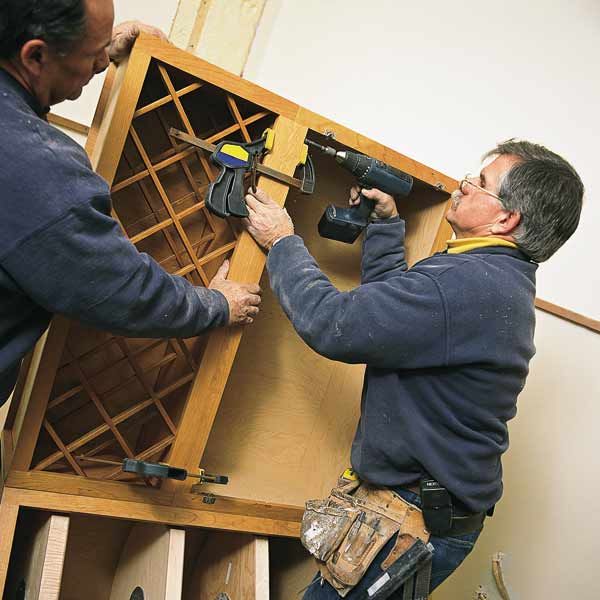
Q: I’d like to center two upper cabinets on a wall, but one cabinet would have only one stud to support it. Is it safe to hang a cabinet from a single stud?
—Tony Cina, San Diego, Calif.
A: Not really. But the solution to this fairly common problem is simple: Join the two cabinets before you install them so that they become one unit. Then you can use six screws—and three studs—and get good, solid support for all the cabinets, top and bottom.
Joining cabinets with flat sides is a no-brainer, but many cabinets have face frames with stiles that project a bit beyond the side panel, which creates a gap when the stiles are fastened together. Here’s how to handle that little wrinkle.
Hanging Cabinets from Studs: Step 1
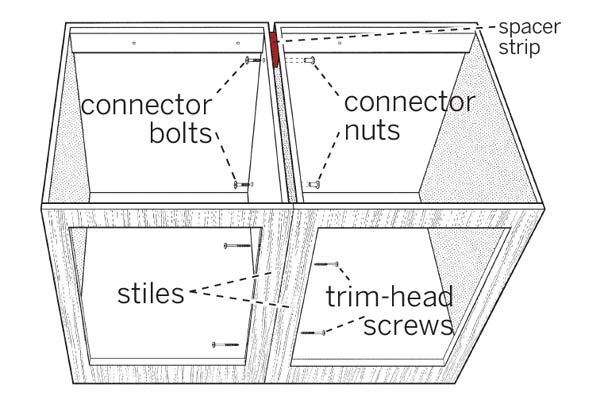
Clamp the stiles together, and drill two pilot holes through their edges and at least 1 inch into the adjacent stile. Countersink the holes, and connect the cabinets with trim-head screws.
At the back of the cabinets, top and bottom, fit spacer strips the same thickness as the gap; clamp the cabinets; and drill a hole through them at each spacer. In each hole, fasten a connector bolt and nut, which look better than standard bolts and nuts.
Hanging Cabinets from Studs: Step 2
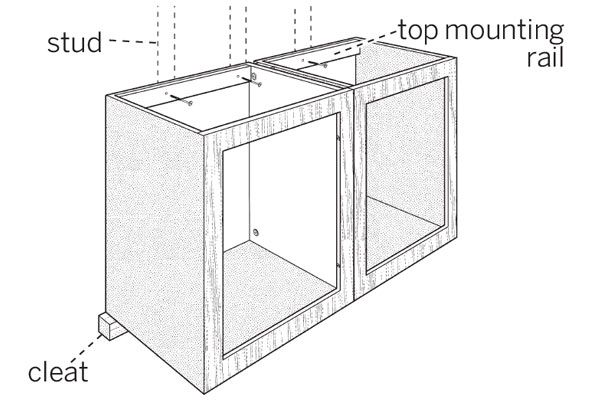
Now you can hang the one big cabinet, but it’s likely to be heavy, so get some help lifting it. Screwing a horizontal cleat to the wall, temporarily, to support the cabinet’s bottom edge also helps. Rest the cabinet on it while you fasten the unit through the top and bottom mounting rails and into the studs. When you’re done, your cabinets won’t be going anywhere.
Pulling Masonry Nails out of Sleepers
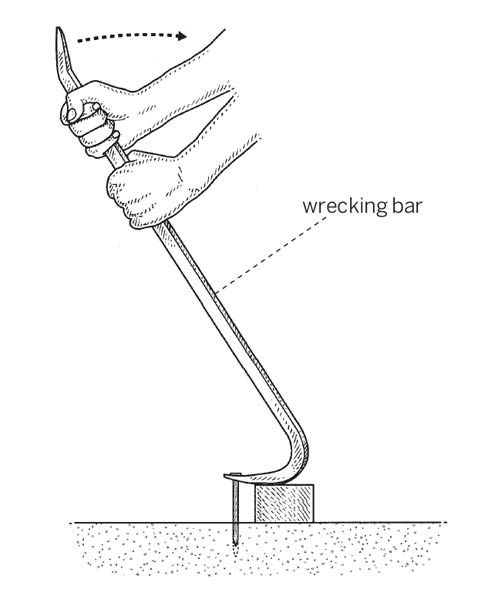
Q: I can’t budge the masonry nails anchoring the 24 sleepers to the concrete slab in my basement. I even tried cutting them off with an angle grinder, with no luck. Is there a better way?
—Mike Hale, Appleton, Wis.
A: Masonry nails are made of difficult-to-cut hardened steel, and their spiral-fluted shafts make them stubborn to pull out. To get at them, split the sleepers with a chisel and pry off the splintered pieces. With the nails exposed, the easiest way to get rid of them is with a 36-inch wrecking bar as described in Plan A below. If that doesn’t work, move on to Plan B. Whichever method you go with, be sure to wear safety glasses.
Plan A
Slip a scrap of wood under the wrecking bar’s elbow to lift the claw up underneath the nailhead, then pull back on the end of the bar. A small chunk of concrete may come out with the nail, but any divots can easily be filled with nonshrink grout.
Pulling Masonry Nails out of Sleepers: Plan B
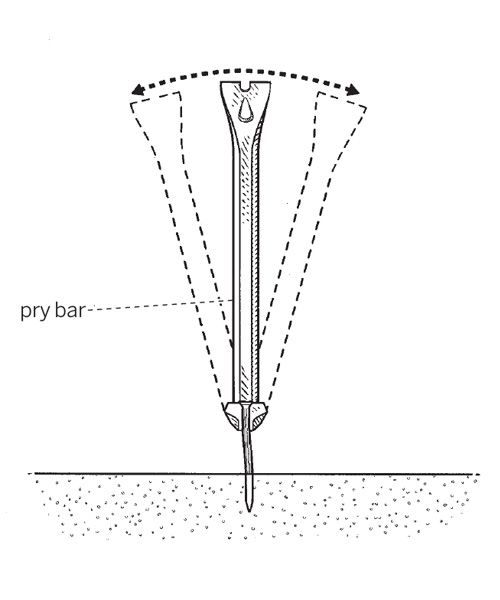
If the wrecking bar fails to budge a stubborn nail, the quickest way to get it out is to hook the claws of a hammer or a pry bar under the nailhead, then bend it side to side until the shaft breaks off at or below the surface of the concrete. As a last resort, use a small cold chisel to chip away the concrete around the nail, then extract the entire nail using the wrecking bar, as shown in Plan A.
Pulling Plastic Anchors out of Drywall
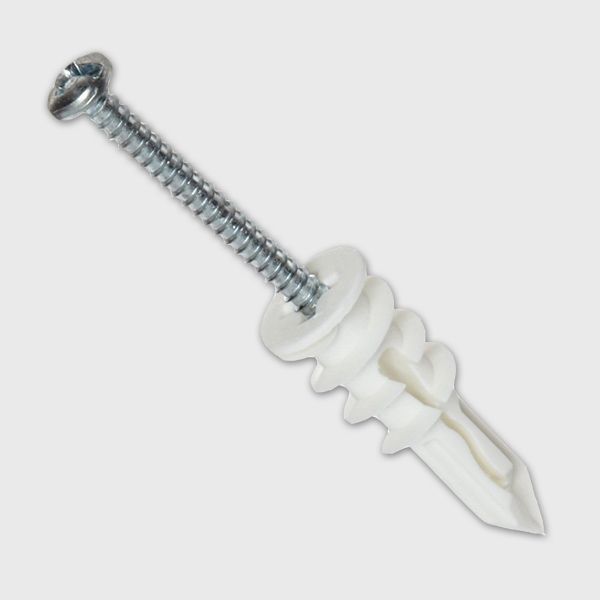
Q: How do you get plastic screw anchors out of drywall? I tried pulling them out with needle-nose pliers, but they’re not budging.
—Steve Wilkins, Bend, Oreg.
A: Here’s an easy way to pull anchors out—and to push them in. The choice is up to you. Either way, just spackle the hole that’s left behind.
Pulling Plastic Anchors out of Drywall: Step 1
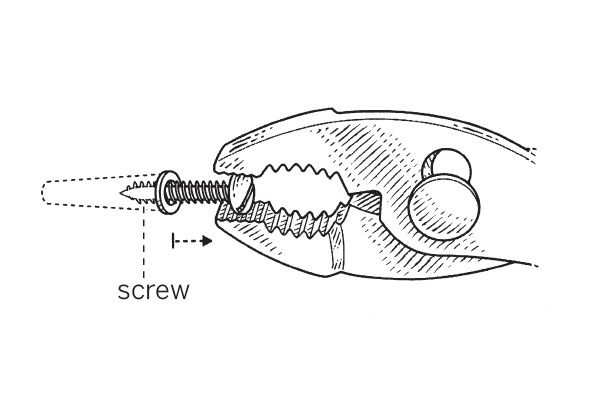
To pull out an anchor, drive a screw a turn or two into it, but no more. If the screw goes in too far, you’ll spread the anchor’s legs, making removal more difficult and possibly damaging the drywall. Now, grip the screwhead with a pair of pliers and yank screw and anchor straight out.
Pulling Plastic Anchors out of Drywall: Step 2
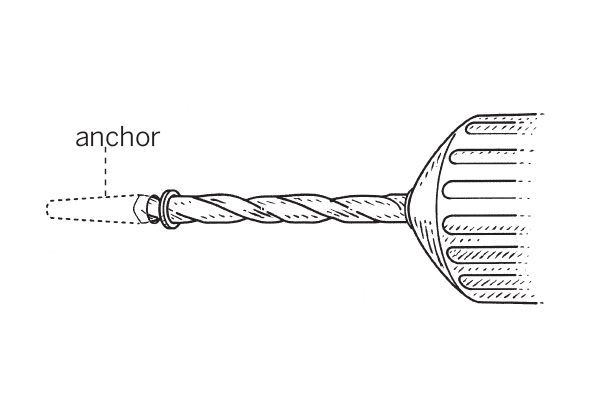
To push an anchor in, drill into it with a twist bit that’s just a little smaller than the anchor’s collar. When you sever the collar, remove the bit, and use a small screwdriver to push the rest of the anchor through the drywall and into the wall cavity.
Removing Beadboard for Reuse
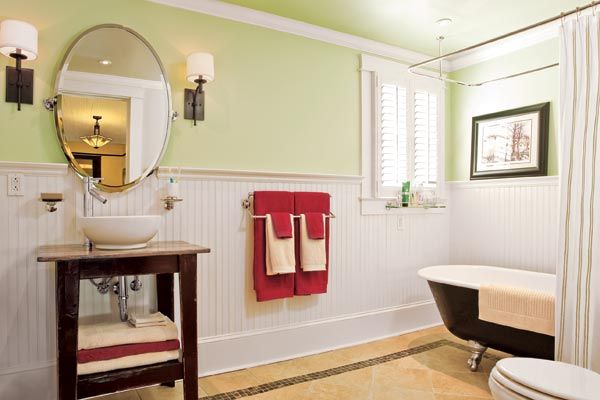
Q: We’d like to remove some old beadboard and reinstall it in a new addition. How can we do this without destroying it?
—Wendy Pierce, Lockport, La.
A: Beadboard is installed like wood flooring: Most strips are held in place with finishing nails that are driven at an angle—toenailed—through the tongue. (Strips in the corners are nailed through the face.) If you just pried them up, you could seriously damage them. Here’s a better way.
Removing Beadboard for Reuse: Step 1
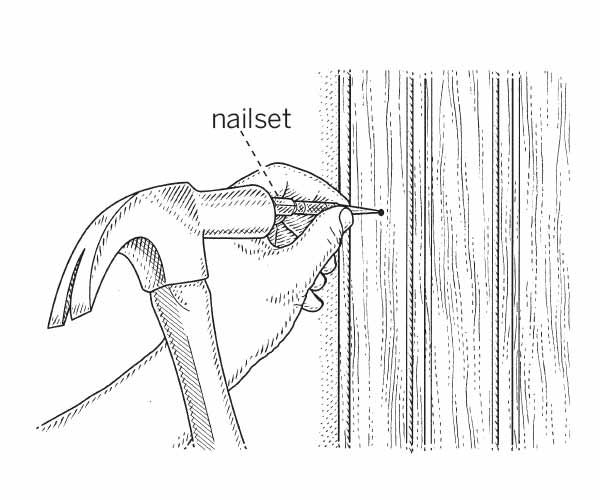
Get a new 1/32-inch nailset—it’s less likely to slip than an old one. Then put on safety glasses. Start with the face-nailed strips at the corners, and use the nailset and a hammer to drive the nails partway through so that you don’t split the wood. Pry off each strip with a small flat bar. One of these strips will expose the tongue of the adjacent strip.
Removing Beadboard for Reuse: Step 2
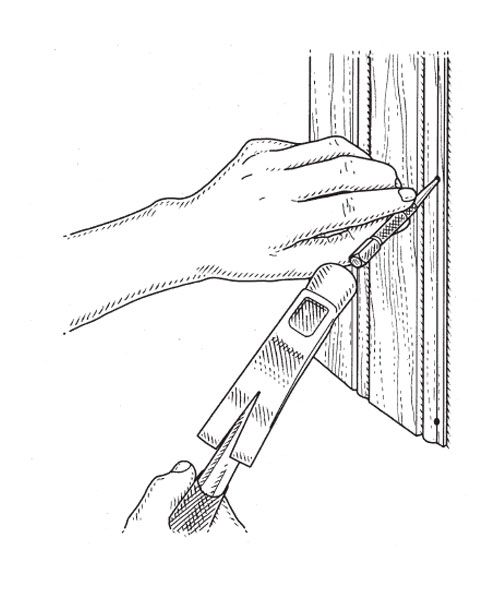
On the strip with the exposed tongue, knock each nailhead partway through, as in Step 1. Pry off the strip, drive the nails in, then do the same to the next tongue, and the next, until the strips have been removed.
Note: If the old boards tend to split as you reinstall them, drill a pilot hole for each new nail. Make the hole a hair smaller than the nail’s shank.
Keeping Glued-Together Boards Flat
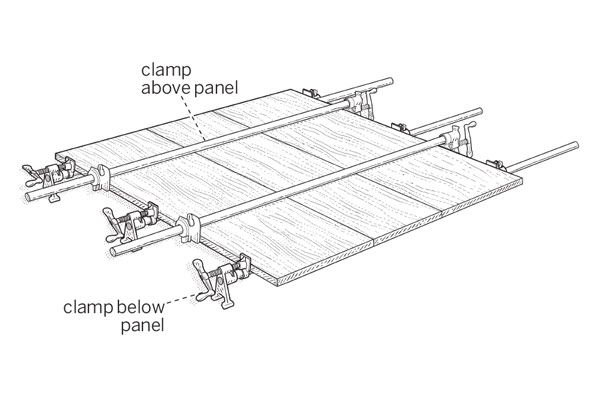
Q: When I glue several boards together edge to edge, they tend to buckle. How do I make the panel stay flat?
—Michael DelMonico, Security, Colo.
A: There are two common reasons for edge-glued boards to buckle when being glued: Either you’re tightening the clamps too much or the edges of the boards aren’t perfectly square. If the boards still buckle after you take care of both those issues, try this trick: Alternate the clamps so that half are on one side of the panel and half are on the other.
There’s no need to protect a panel’s edges from the clamps’ jaws—panels should be made oversize and then trimmed down. And while I don’t worry about glue getting on the clamps, I do try to keep glue drips off my bench top by covering it with a piece of Homasote.
